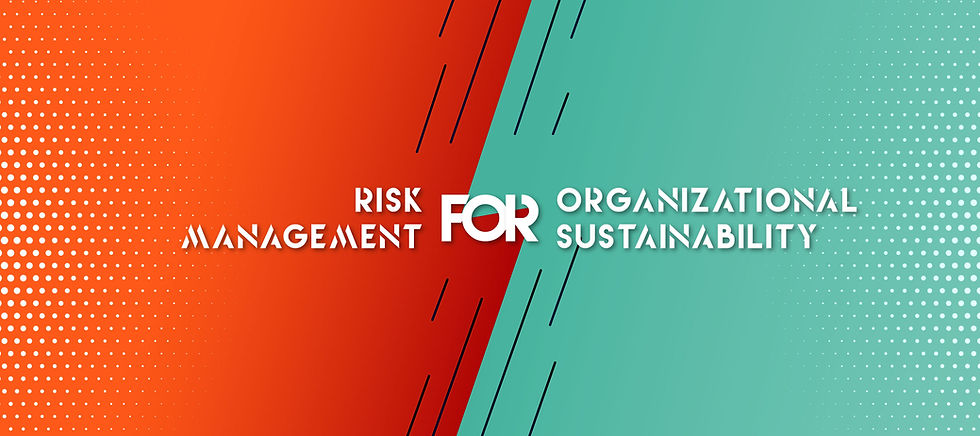Creating an Aligned Organizational Management System
- VCARE Academy

- May 25, 2021
- 2 min read
Updated: Nov 9, 2022

There are three key elements of operational management systems found in organizations see the figure:

Financial management and enterprise risk management (ERM)
Operating management systems (OMS)
Functional management systems (e.g. quality, environment, health & safety, energy management, and social responsibility.
These systems of management provide a level of management oversight for the organization’s compliance with local, state, and federal laws and regulations and the work instructions for the organization’s employees. The operational management system is also helpful for providing an interface between a “stand-alone sustainability program” and the more structured company programs that should support the sustainability efforts.

This organization management approach should involve the following:
The integrated application of the ISO management system standards to control the activities involved in the preparation of products and services to customers.
Dealing with operations that are regulated to prevent releases to the environment in the provision of products and services that may be of interest to external stakeholders.
Provision for the enterprise risk management activities that are managed by the CFO now that mandatory management of sustainability and ESG results will be reported on using financial materiality.
Operations are carefully monitored to prevent losses and take advantage of opportunities to improve the process.
Managing business continuity risks that provide a faster response to disruptive events.
Establishing controls to protect the organization’s assets.
Using ISO 37301:2021 to provide everything an organization needs to know to develop, implement, maintain, and improve an effective compliance management system (https://www.iso.org/news/ref2656.html)
As the beginning of an international regulated “sustainability and ESG reporting program” commences later this year (https://www.ifrs.org/projects/work-plan/sustainability-reporting ), companies should revisit their decision on creating structured programs supported by the organization’s management systems. With the improvements being made to integrate these structured programs and align them with international sustainability guidelines (e.g. ISO Guide 82: Sustainability), this should be a simple choice.
Dr. Bob Pojasek
Sustainability Legend | ESG Reporting & Disclosures | Uncertainty Risk | Pollution Prevention Expert | Process Improvement | Organizational Sustainability Reporting | Sustainable Procurement Professor
Chairman, Education and Research Executive Board (EREB)
VCARE Academy Inc.
Managing Director
Center for Corporate Performance & Sustainability
📩 rpojasek@sprynet.com

A successful career in supply chain necessitates a never-ending thirst for knowledge and the most up-to-date supply chain skills and knowledge. Even though continuing education and certification programs can take time and money, they help get your specialized knowledge or skills recognized.
When professionals have training that other professionals lack, it distinguishes them and sets them apart from the crowd. Certification and master classes show that the professionals are committed to learning, excelling, and using best practices.

Featured Certification Programs
Certified Stores and Stock Controller (CSSC)
Certified Production and Inventory Analyst (CPIA)
Featured Mini-Master Classes
Supply Chain Framework and Strategy
Collaboration among Sustainability, Procurement and Supply Chain
Implementing 3PL and 4PL Strategies in the Value Chain
Supply Chain Sustainability with Circularity to Drive Profitability



Comments